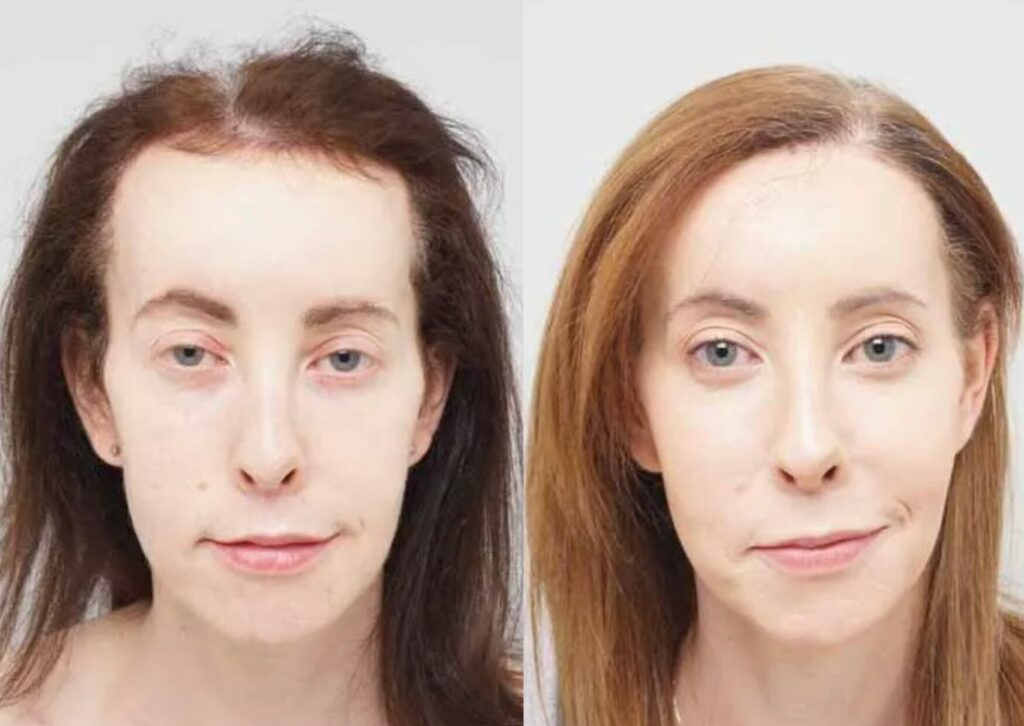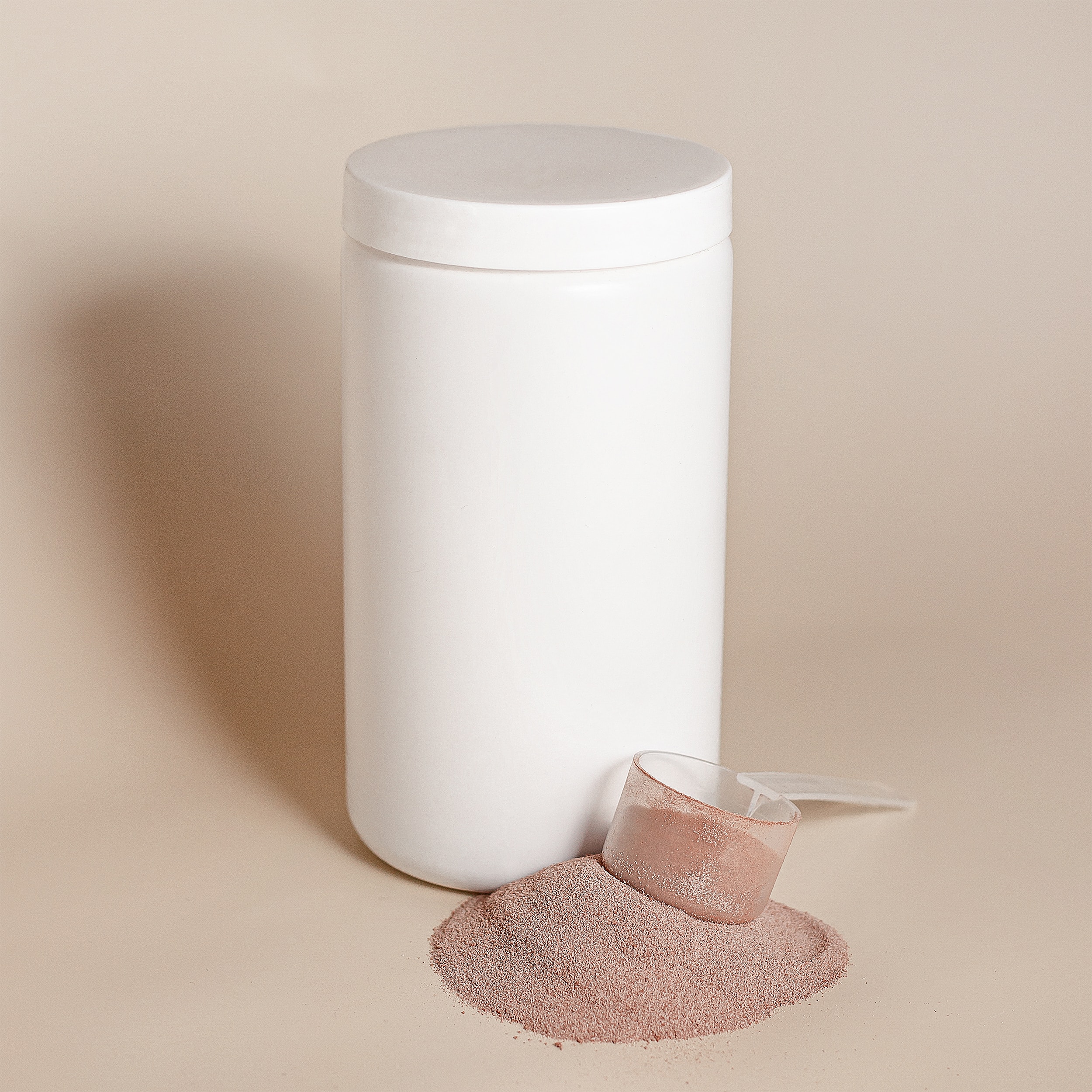
Transgender Hair Transplants: MTF & FTM Surgery Options at Farjo Hair Institute
15th April 2025
Transgender Hair Transplants: An Expert Guide to MTF & FTM Hair Restoration
At the Farjo Hair Institute, we understand the impact that hair has on a person’s identity and self-confidence. This can especially be the case for individuals undergoing a gender transition – with hair being a key indicator for how masculine or feminine an individual feels. Our dedicated team, led by award-winning surgeons, offers specialised transgender hair transplants tailored to meet the unique needs of both male-to-female (MTF) and female-to-male (FTM) transitions.

Male-to-Female (MTF) Hair Transplant Surgery
Transitioning from male to female often involves creating a softer, more traditionally feminine hairline. Typically, male hairlines are higher and more M-shaped, while female hairlines are lower and rounded. Through Follicular Unit Excision (FUE) or Strip Follicular Unit Transplantation (FUT), we meticulously lower and reshape the hairline to achieve a natural, feminine appearance.
Dr Nilofer Farjo explains, “Creating a feminine hairline is both a science and an art. We consider factors like hair density, direction and facial symmetry to ensure results that harmonise with the patient’s overall features.”
In addition to hairline adjustments, MTF patients may experience androgenetic alopecia (male pattern baldness). Addressing this involves a combination of surgical restoration and medical treatments to promote hair regrowth and prevent further loss – all of which will be discussed with patients throughout their journey with the Farjo Hair Institute.
Female-to-Male (FTM) Hair Transplant Surgery
For those transitioning from female to male, achieving a more masculine hairline and the ability to grow facial hair are significant milestones. Testosterone therapy can lead to changes such as a receding hairline or thinning crown, mirroring typical male pattern baldness. In such cases, hair transplantation can restore these areas, creating a more traditionally masculine hairline.
Facial hair transplantation is another transformative procedure for FTM individuals. By transplanting hair follicles to the beard and moustache areas, we can create natural-looking facial hair, enhancing masculine features.
“Facial hair can play a crucial role in male gender expression depending on the individual,” says Dr Nilofer Farjo. “Our goal when performing facial hair surgery is to design hair patterns that align with each patient’s desired aesthetic – we want the results to feel natural so that the individual feels truly confident in their appearance.”
Medical Treatments: Finasteride and Minoxidil for Transgender Patients
Medical therapies like Finasteride and Minoxidil are often integral to managing hair loss during transition. Finasteride, an oral or topical medication, can slow hair loss by inhibiting the hormone responsible for follicle miniaturisation. Minoxidil, a topical or oral treatment, promotes hair by increasing the number of follicles in the active ‘Anagen’ phase of the growth cycle.
It’s essential for transgender individuals to consult with healthcare professionals before starting these treatments, as they may interact with hormone therapies. Dr Nilofer Farjo advises, “Personalised care is paramount when treating hair loss in transgender patients. We assess each patient’s medical history and treatment goals in order to recommend the most safe and suitable options.”
Commitment to Inclusivity at the Farjo Hair Institute
Farjo Hair Institute has been a proud member of the LGBTQ+ Friendly Directory for over 3 years, emphasising our dedication to providing a welcoming and supportive environment for each and every one of our patients. We’ve been performing transgender hair transplants for nearly 30 years and we believe in treating everyone with respect and understanding. Our goal is to create a comfortable experience throughout our patients’ hair restoration journeys.

Case Studies: Real Stories of Transgender Hair Transplants
Our patients’ journeys highlight the life-changing impact of hair restoration. Claire, 36, decided to complete her male-to-female transition with the feminine hairline she’d always dreamed of.
In July 2018, she had 1,899 grafts transplanted at Farjo Clinic using the strip FUT method.
She healed beautifully, with her scar barely visible – especially now framed by her new, natural-looking hairline.

Samantha’s story is particularly inspiring, having lived with the challenges of being a deaf transgender woman.
In 2015, she underwent a hair transplant at the Farjo Hair Institute to create a soft, feminine hairline and transform her profile.
The procedure was a key step in helping her feel more confident and aligned with her true identity.

Frequently Asked Questions About Transgender Hair Transplant Surgery
- What is the recovery time for transgender hair transplant surgery?
Most patients can return to non-strenuous activities within a few days post-surgery. However, complete healing and optimal hair growth may take several months.
- Are the results of transgender hair transplantation permanent?
Transplanted hair is typically very long term. However, ongoing hair loss can occur in non-treated areas, so maintenance treatments may be recommended.
- Can transgender individuals use Finasteride and Minoxidil safely?
While many transgender individuals use these treatments effectively, it’s crucial to consult with a healthcare provider to ensure they don’t interfere with hormone therapies or other medications.
- How do you design a hairline that suits my face while transitioning?
Our surgeons consider factors like facial structure, age, and desired gender characteristics to create a hairline that looks natural and aligns with your identity.
- Is facial hair transplantation suitable for all FTM individuals?
Most FTM individuals are suitable candidates for facial hair transplantation. A thorough consultation with one of our surgeons will determine the best approach based on your hair characteristics and goals.
Ready to book in for a consultation?
You can contact us through our website or call our clinic directly to book a confidential consultation.
At Farjo Hair Institute, we’re committed to supporting you through every step of your transition, offering expert care tailored to your unique journey.


